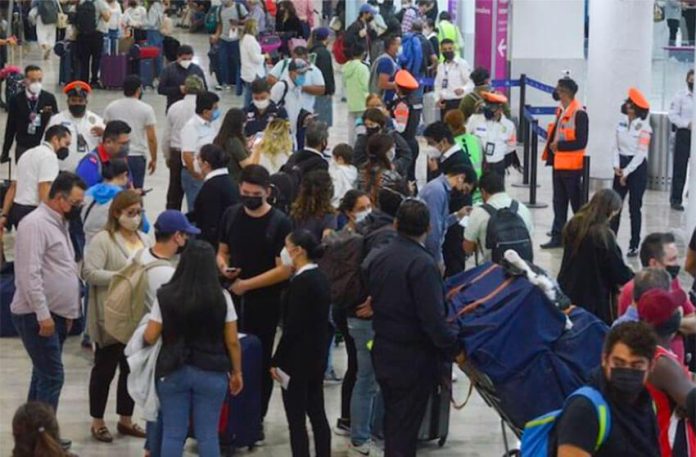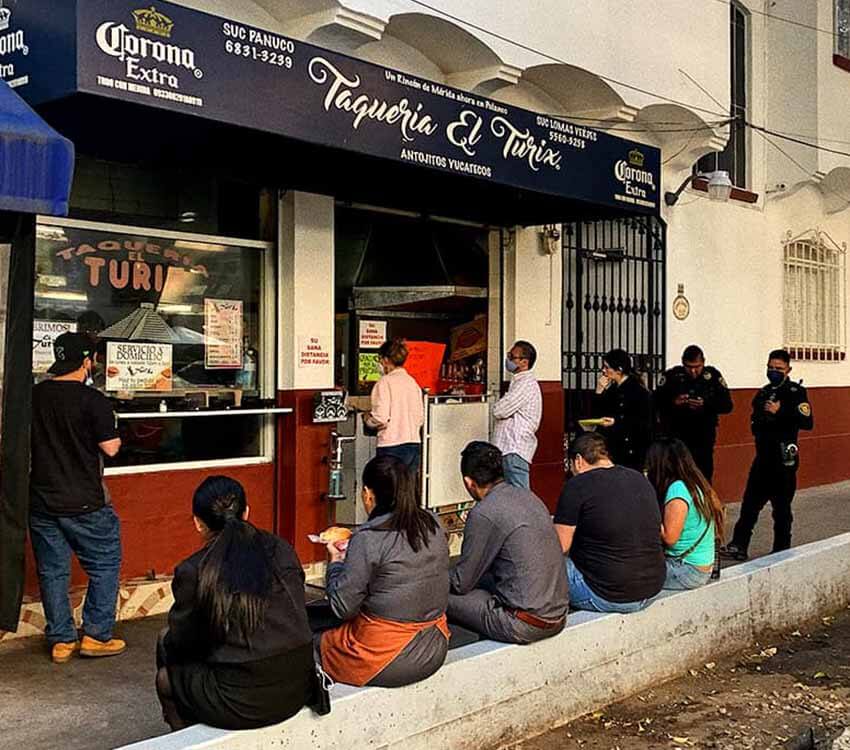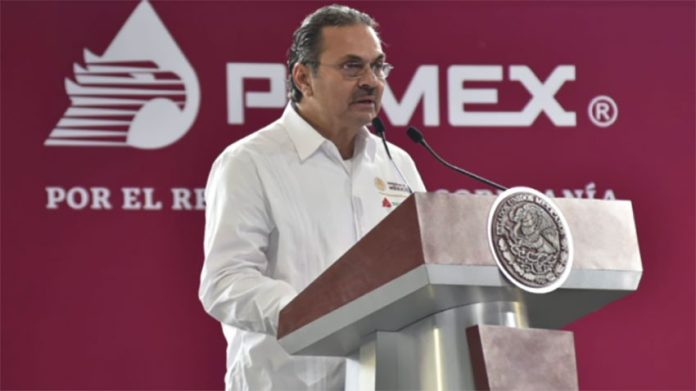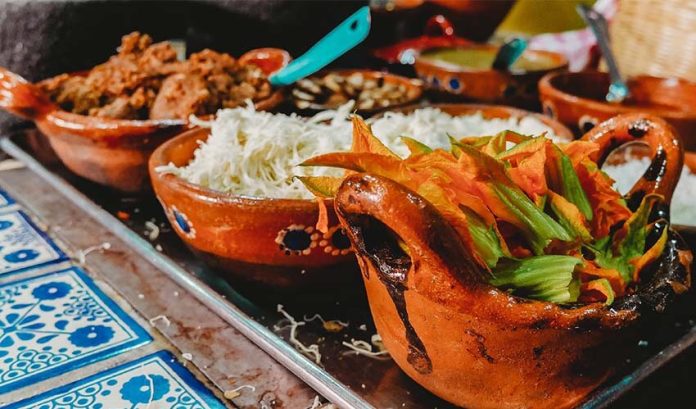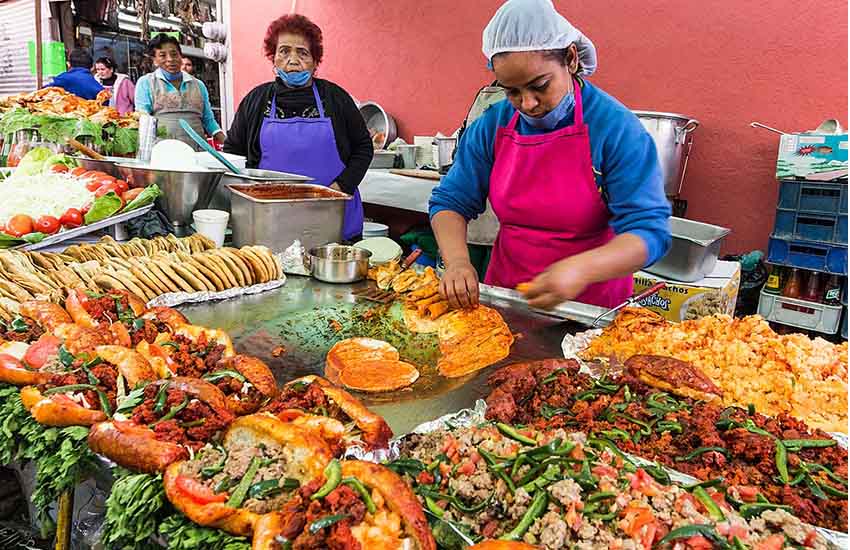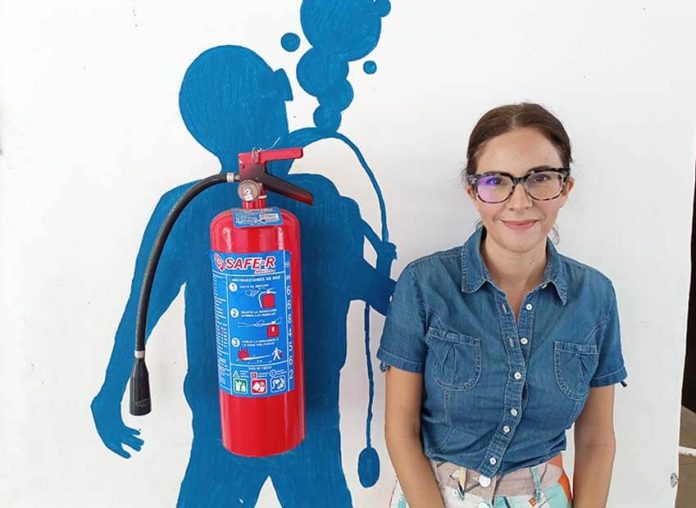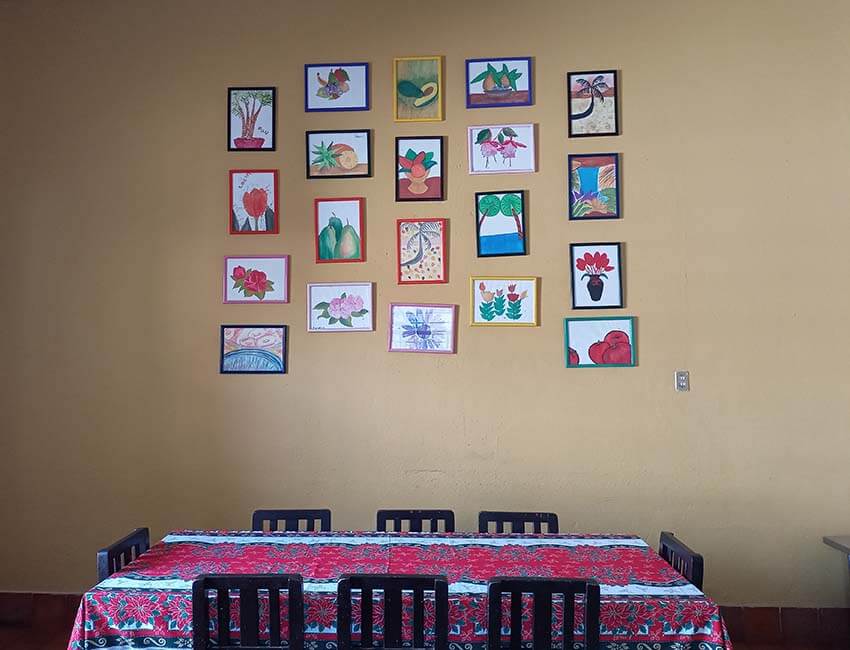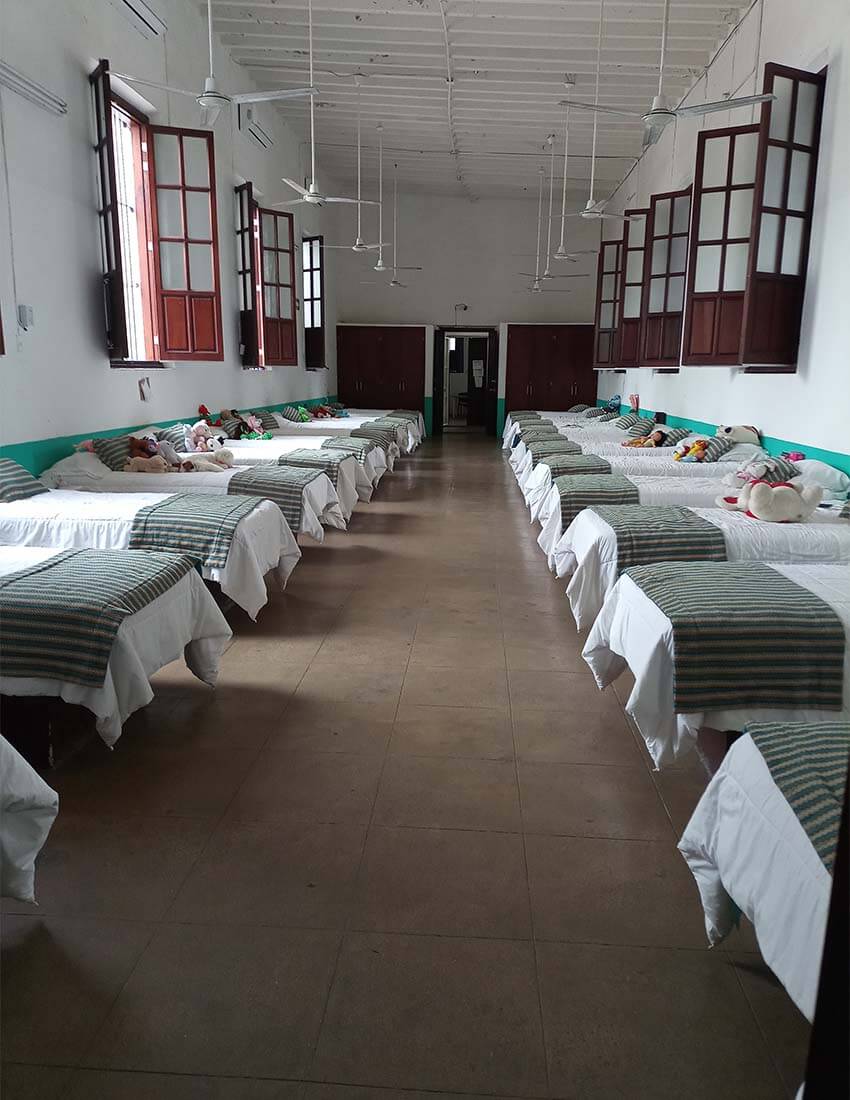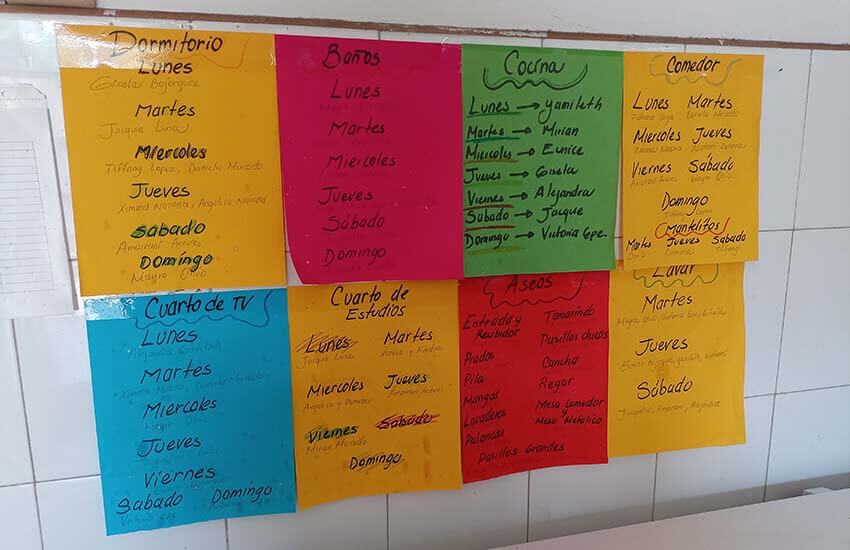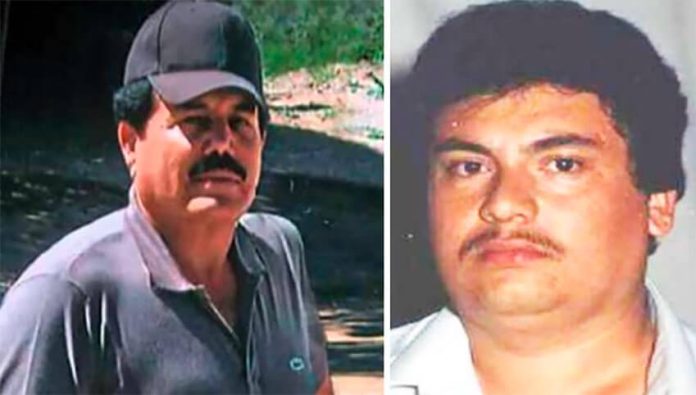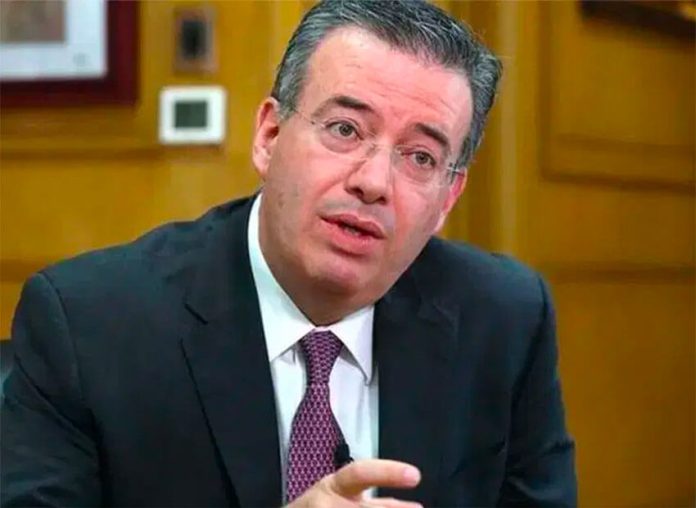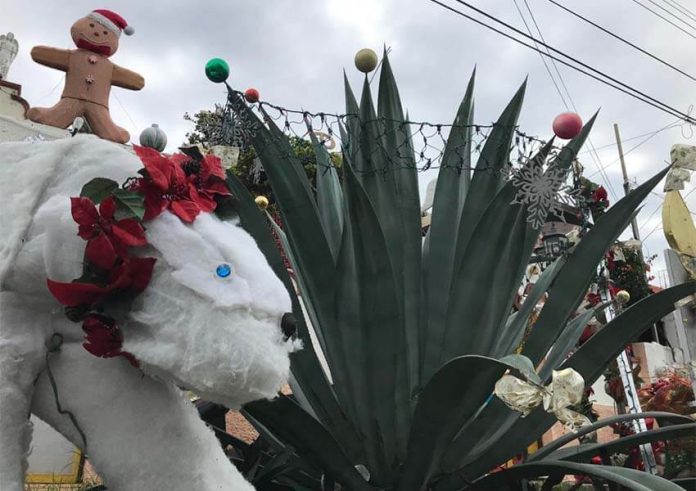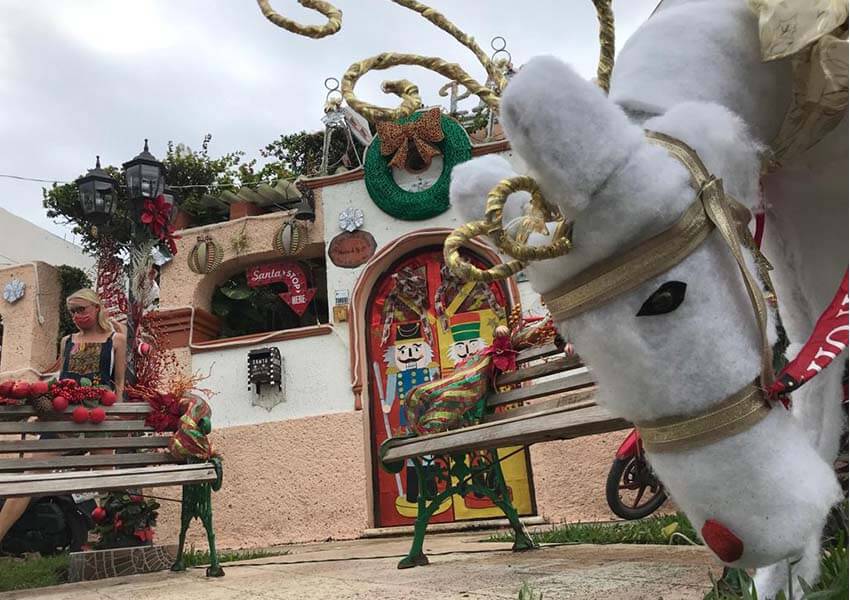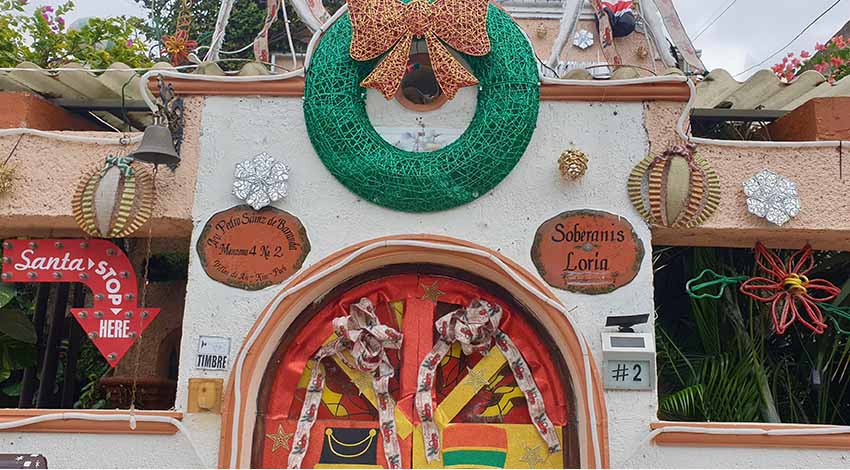Baja California Sur – home to tourism mecca Los Cabos – is now Mexico’s coronavirus epicenter, with approximately 14 times more active cases than the national per capita rate.
The rest of the country will see an increase in case numbers in the near future as end-of-year gatherings and tourism fuel the spread of the highly transmissible omicron variant, experts warn.
According to the latest Health Ministry data, there are 1,888 active cases in Baja California Sur (BCS) for a rate of about 230 infections per 100,000 residents. The national rate is 16.5 active cases per 100,000 people.
The infection rate in BCS is more than four times higher than that in Mexico City, the only other state with more than 50 active cases per 100,000 people. Baja California, Quintana Roo and Aguascalientes rank third to fifth, respectively, for active cases on a per capita basis.
About half of BCS’s active cases are in the municipality of Los Cabos, located on the state’s southern tip, while most of the others are in La Paz, the state capital.
Governor Víctor Castro attributed the spike in case numbers – the largest since the summer – to the influx of tourists, many of whom are from the United States, where the highly mutated omicron variant is spreading widely.
“The hotels in Los Cabos are full and there are more infections,” Castro said this week while summing up the situation.
Mexico doesn’t require incoming travelers to present negative COVID-19 test results or go into mandatory quarantine, a laissez-faire approach that has been good for tourism but which has been blamed for large coronavirus outbreaks in tourism hotspots both this year and last.
The lack of restrictions is risky because “we’re leaving the door open to the virus,” said Alejandro Sánchez, a researcher at the National Autonomous University (UNAM) Institute of Biotechnology.
Authorities in Mexico have only confirmed about 50 cases of omicron but the low number is likely due to scant genomic sequencing of the virus. Sánchez predicted that the variant will become the dominant strain in the country by the end of next month, with case numbers set to increase in early January due to gatherings over the Christmas-New Year period.
Other experts agree that Mexico is on the verge of a fourth wave.
Laurie Ann Ximénez-Fyvie, director of the Molecular Genetics Laboratory at UNAM, said in a radio interview that “international databases and information” indicate that 28% of current coronavirus infections in Mexico are caused by the omicron variant.
It’s proven that the strain is as contagious as measles, she said, noting that it has caused record high case numbers in Europe. The United States has also seen infections soar as omicron takes hold, while Mexico recorded its highest single-day case tally since late October on Tuesday, with 4,426 new cases reported.
Rodrigo Jácome Ramírez, a scientist and academic at UNAM, told the newspaper La Razón there is a high probability that omicron is already spreading across Mexico.
“We’re probably going to have a lot of cases,” he said, referring to the new strain, which early evidence indicates causes milder disease than other variants but is adept at evading vaccine-stimulated immunity.
“But if they’re not reporting [all the cases] we’re going to continue with this misleading idea that things are much better than they really are,” Ramírez said. “… These 53 reported cases [of omicron] are the tip of the iceberg …,” he said.
“We’re recording far fewer omicron cases than there really are because there isn’t a robust registration system in Mexico,” said Malaquías López, a public health professor at UNAM.

Andreu Comas, a virologist and researcher at the Autonomous University of San Luis Potosí, told La Razón that family gatherings in December and the entry of travelers who weren’t required to show a negative test result will inevitably lead to an increase in COVID cases.
“All these crowds of people that are going to be in the airport these [vacation] days will develop symptoms in a few days and continue the chain of transmission. If instead of staying home they’re at tourist destinations we’re going to have large outbreaks … and in a few days when they return home they will spread the virus and it will be very concerning,” he said.
Deputy Health Minister Hugo López-Gatell acknowledged Tuesday that Mexico could see a large number of coronavirus cases due to the spread of omicron, but expressed optimism that hospitalizations and deaths won’t spike significantly, “mainly due to … vaccination.”
More than 80% of Mexican adults are vaccinated against COVID-19, and the government has begun offering booster shots to those aged 60 and over. COVID-19 deaths in the first half of 2021 – when most adults had not yet been fully vaccinated – were much higher than in the second half of the year, even though case numbers spiked due to a delta variant surge. Official data shows there were 107,240 fatalities between January and June, while 65,897 deaths were recorded between July 1 and December 28, a 39% decline.
Mexico’s official death toll currently stands at 298,944, while the confirmed case tally is 3.95 million. Both figures are considered vast undercounts. Estimated active case numbers currently number just under 23,000, including more than 5,000 in Mexico City and close to 2,000 in each of Baja California and BCS.
Estimated active cases rose above 100,000 amid the Delta-fueled third wave in August – the worst month of the pandemic for new cases.
An updated version of the federal government’s coronavirus stoplight map took effect on Monday and shows four states are ranked at medium-risk yellow — one fewer than the previous map — while the rest remain green.
Durango switched from yellow to green; Baja California, Sonora, Chihuahua and Aguascalientes remain yellow.
The map is in effect until January 9.
It remains to be seen whether the spread of omicron will push Mexico to new peaks in terms of case numbers, but as evidence suggests the new strain causes less severe disease it is inevitable that, in a country where testing is not a forte, many cases of the variant will go undetected and thus unreported in official data.
Nevertheless, as Tuesday’s case numbers indicate and experts warn, the coronavirus is set to cause a lot more sickness in Mexico – a country hit harder than most by a pandemic now in its third devastating year.
With reports from El País, La Razón, MVS Noticias and El Financiero
